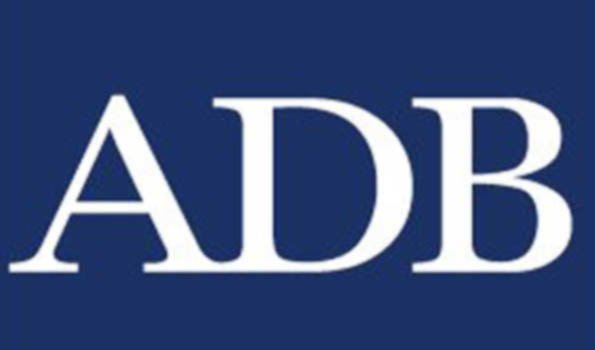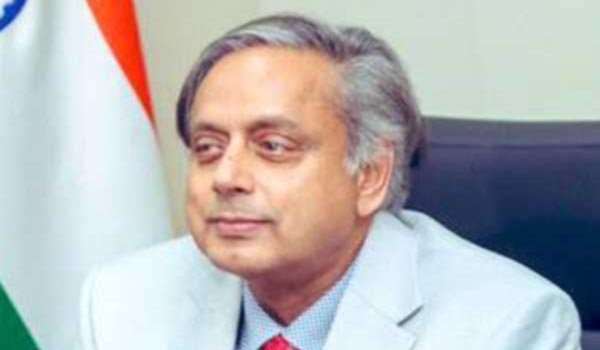New Delhi, Oct 2 (UNI) The Asian Development Bank (ADB) has forecast India’s Gross Domestic Product (GDP) to grow by 6.5 percent in both the current fiscal year (FY2025, ending March 31, 2026) and the following year (FY2026).
While the growth forecast for FY2025 remains unchanged from the ADB’s July 2025 projection, the FY2026 estimate has been revised downward from 6.7 percent to 6.5 percent.
This adjustment reflects anticipated headwinds from newly imposed US tariffs on Indian exports. However, resilient domestic consumption and strong service exports are expected to cushion the impact, the report stated.
Mio Oka, ADB Country Director for India, remained optimistic about the country’s economic trajectory.
“Despite ongoing trade challenges, we remain optimistic about India’s long-term growth trajectory,” Oka said. “The implementation of tariffs will weigh on growth, but the overall impact on GDP is expected to be contained due to India’s relatively lower exposure to the US market, increased exports to alternative markets, sustained strength in services exports, and a pickup in domestic demand.”
The report also pointed to recent policy changes, including GST reductions, cuts in personal income tax, and employment-linked fiscal incentives. These measures are poised to boost consumption across rural and urban regions, reinforcing economic momentum.
Regarding sector performance, the report noted: “Services will continue to be a major driver of growth in FY2025 and FY2026, helped by higher demand for domestic consumption and exports, while agricultural growth will be strong due to favourable monsoon rainfall.”
It added that investment growth is likely to remain muted in FY2025 amid global trade uncertainties. However, government spending on urban infrastructure, particularly via the urban challenge fund, is expected to pick up in FY2026.
Manufacturing will continue to face pressure from trade barriers dampening industrial growth, though housing construction will continue to be a boost, the report said.
The report projected that inflation is likely to ease to 3.1 percent in FY2025 but may rise toward the inflation target in the following year. It suggested that rate cuts by monetary policy authorities may slow down going forward, following significant cuts already undertaken.
The ADB highlights several near-term risks, including escalating trade tensions, global geopolitical uncertainties, and domestic disruptions from ongoing flood-related shocks.
Conversely, growth could be spurred if US tariffs on India are lowered to be more in line with those imposed on other countries in Asia and the Pacific, the report added.
The ADB is a leading multilateral development bank supporting inclusive, resilient, and sustainable growth across Asia and the Pacific.











